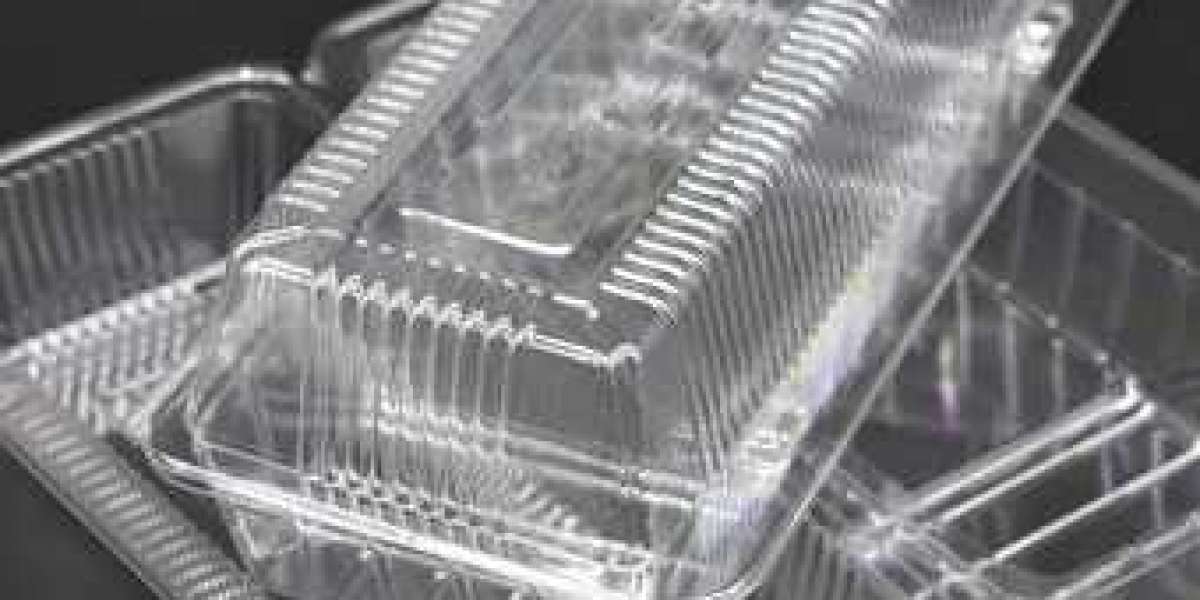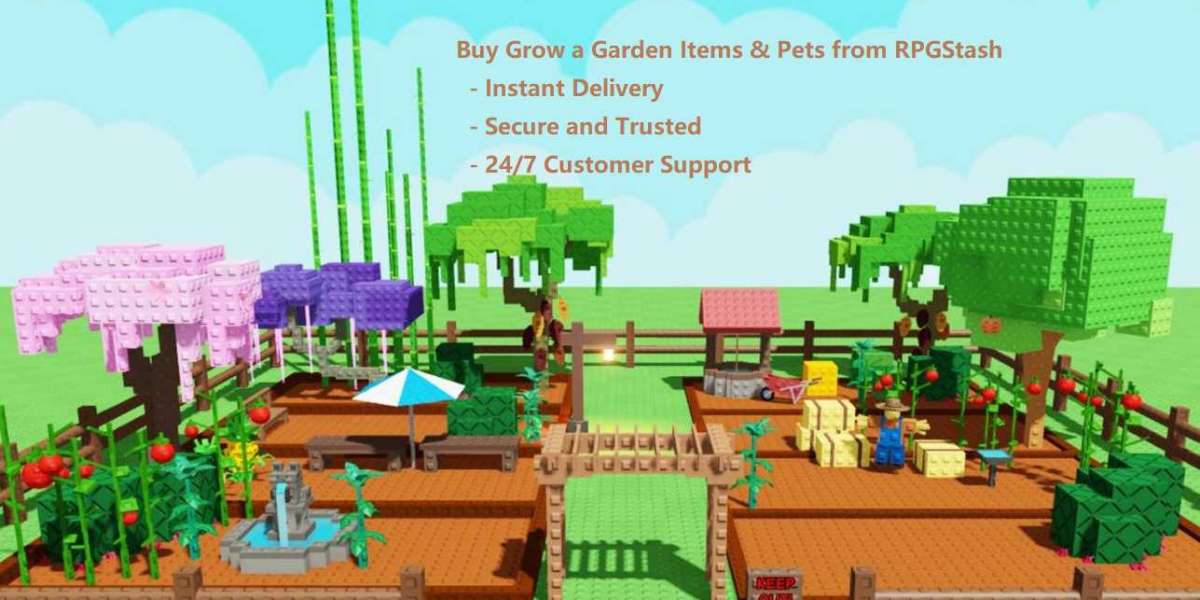In an age where environmental responsibility is no longer optional, pet bottle recycling has emerged as one of the simplest yet most effective ways to reduce plastic waste and conserve natural resources. PET, or polyethylene terephthalate, is the lightweight, strong plastic commonly used to make water, juice, and soda bottles. While its convenience has made it a staple of modern life, it has also contributed to the growing global issue of plastic pollution.
Why Recycle PET Bottles?
Every year, millions of tons of PET bottles are discarded. Without proper disposal, these bottles often end up in landfills, rivers, and oceans, where they take hundreds of years to decompose. Recycling PET bottles not only reduces this environmental burden but also offers multiple benefits:
Conserves Resources: Recycling reduces the need for raw materials like petroleum and natural gas.
Saves Energy: Producing recycled PET (rPET) uses up to 50% less energy than making new plastic.
Reduces Emissions: Recycling plastic helps lower greenhouse gas emissions.
Supports Circular Economy: Recycled PET can be turned into clothing, carpeting, containers, and even new bottles.
The PET Recycling Process
Collection: Bottles are collected through curbside programs, deposit-return systems, and recycling centers.
Sorting: Bottles are sorted from other plastics and contaminants.
Cleaning: Labels and caps are removed; bottles are washed to eliminate residues.
Shredding: Clean bottles are shredded into small flakes.
Reprocessing: Flakes are melted and turned into pellets or fibers for manufacturing new products.
What Happens to Recycled PET?
Recycled PET is incredibly versatile. It can be used to make:
New PET bottles and containers
Fibers for clothing, shoes, and bags
Automotive parts and electronics
Industrial strapping and construction materials
Some brands now produce 100% recycled PET bottles, proving that with the right systems in place, waste can become a valuable resource.
What You Can Do
Everyone has a role to play in the recycling loop. Here’s how you can help:
Always rinse and flatten PET bottles before recycling.
Check local guidelines to make sure you’re recycling correctly.
Support products made from recycled materials.
Reduce usage where possible—opt for reusable bottles and containers.
Conclusion
Recycling PET bottles is a small step with big environmental impact. By giving these bottles a second life, we reduce pollution, conserve resources, and support sustainable industries. Whether you're a consumer, business, or policymaker, embracing PET bottle recycling is a clear and necessary move toward a cleaner, greener future.








